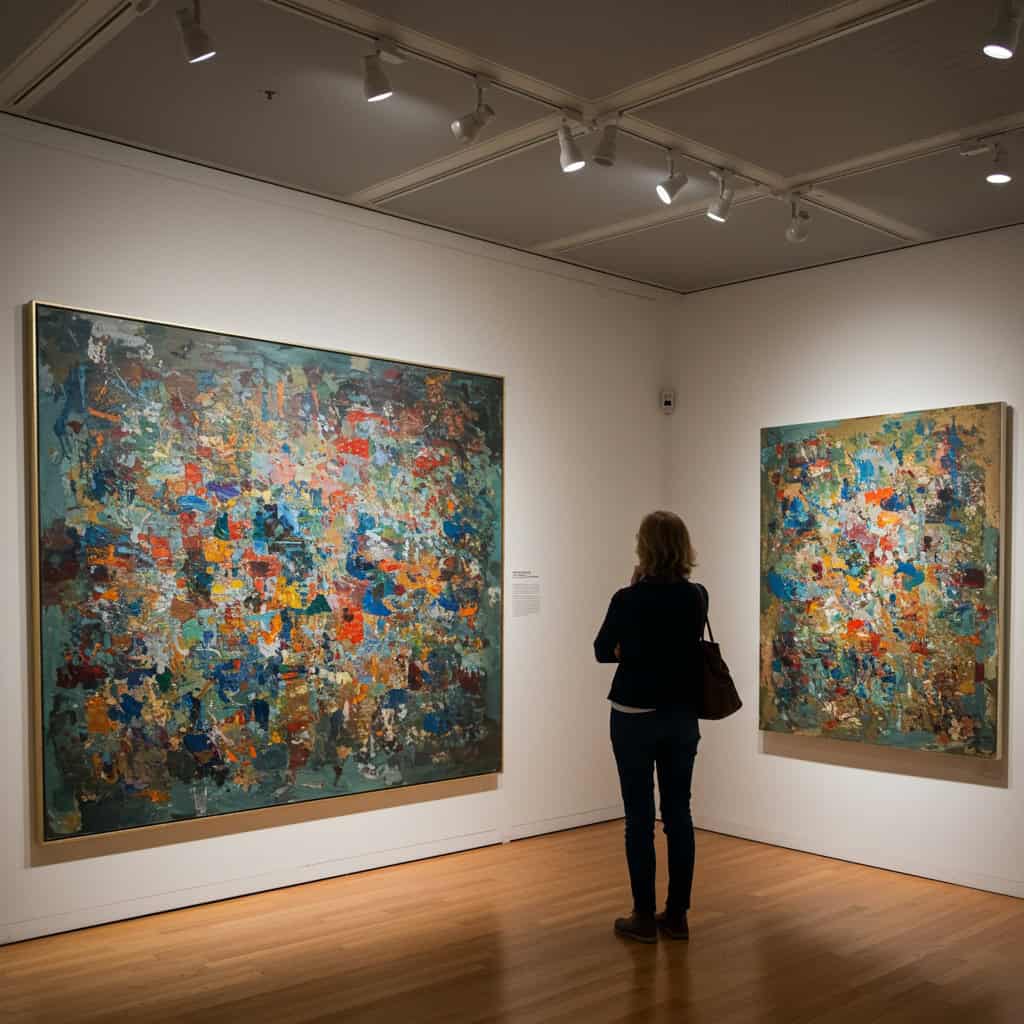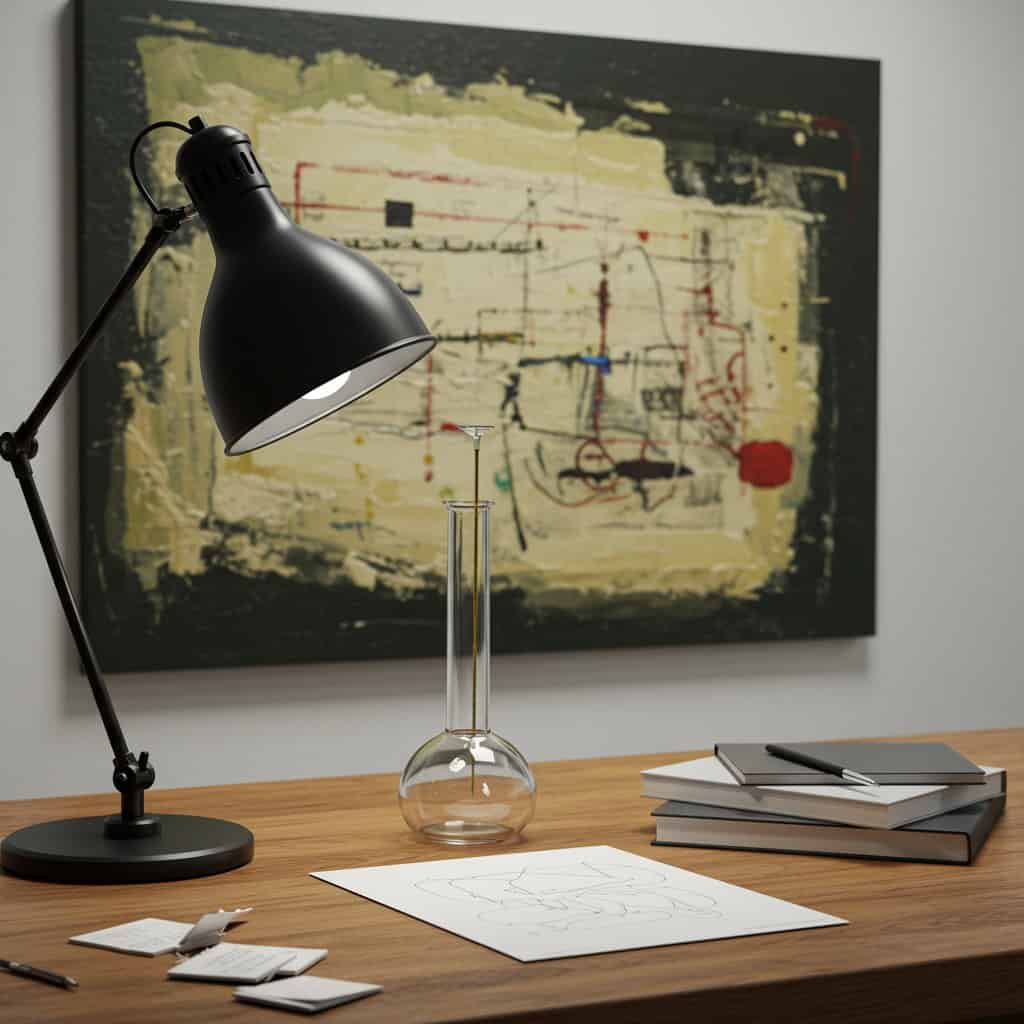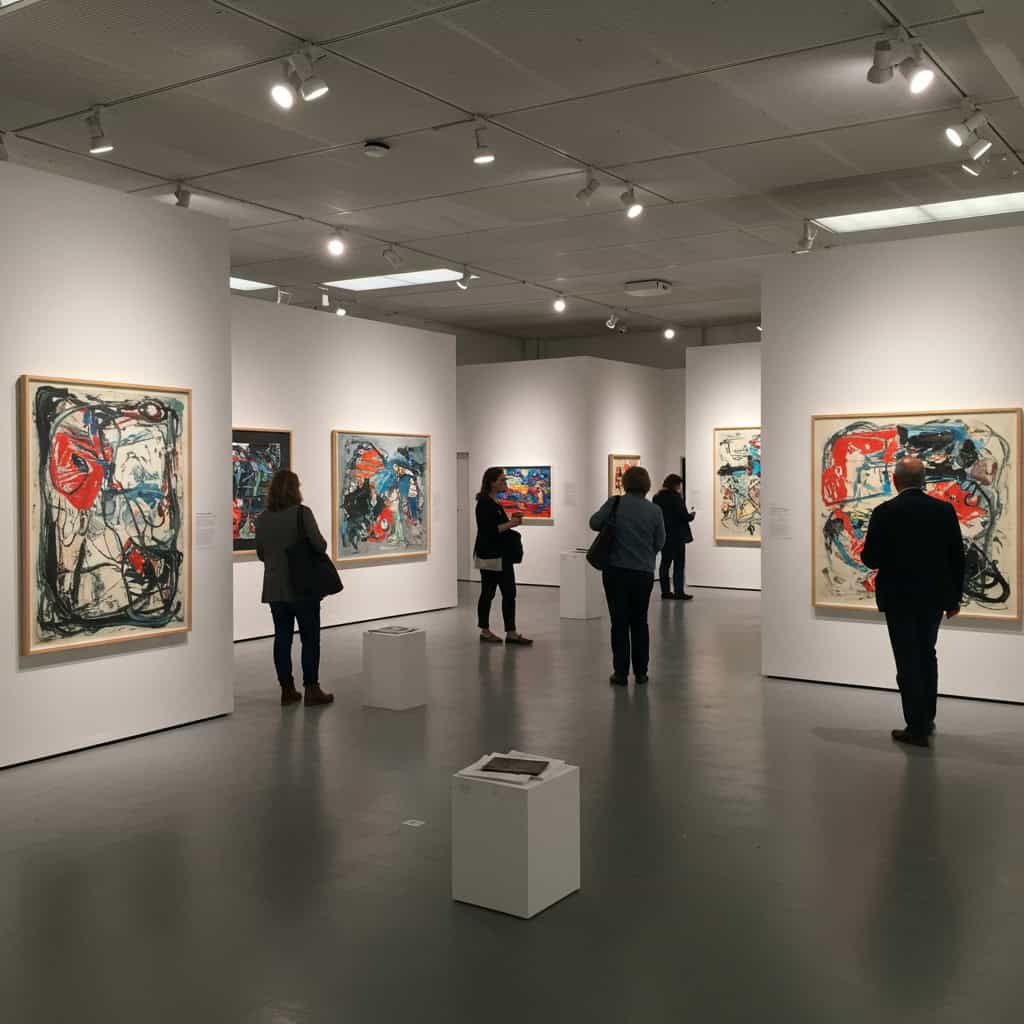Abstract art has a remarkable ability to stir emotions, trigger memories, and spark debate—often without depicting anything recognizable at all. Its colors, shapes, and gestures transcend the literal, inviting each viewer to find their own meaning. But why does this genre evoke such unique, personal responses?
In this guide, we’ll explore the psychological, cultural, and emotional factors that shape our perceptions of abstract art. You’ll discover how individual experiences influence interpretation and why abstract works continue to fascinate and challenge us.










